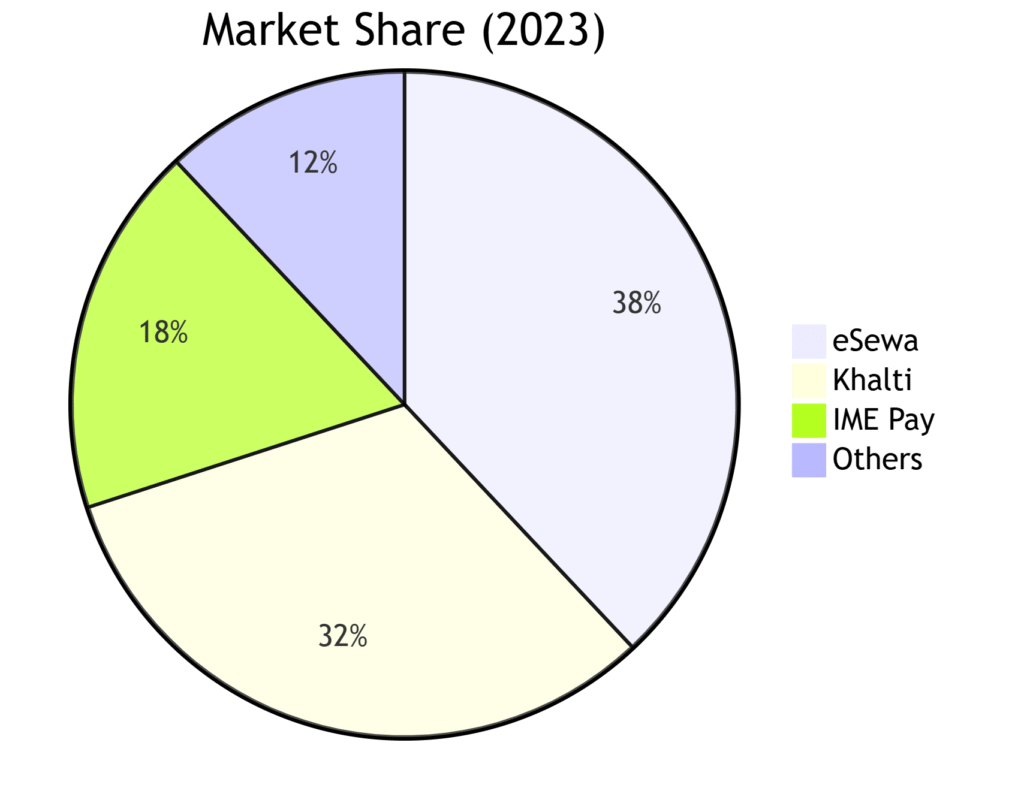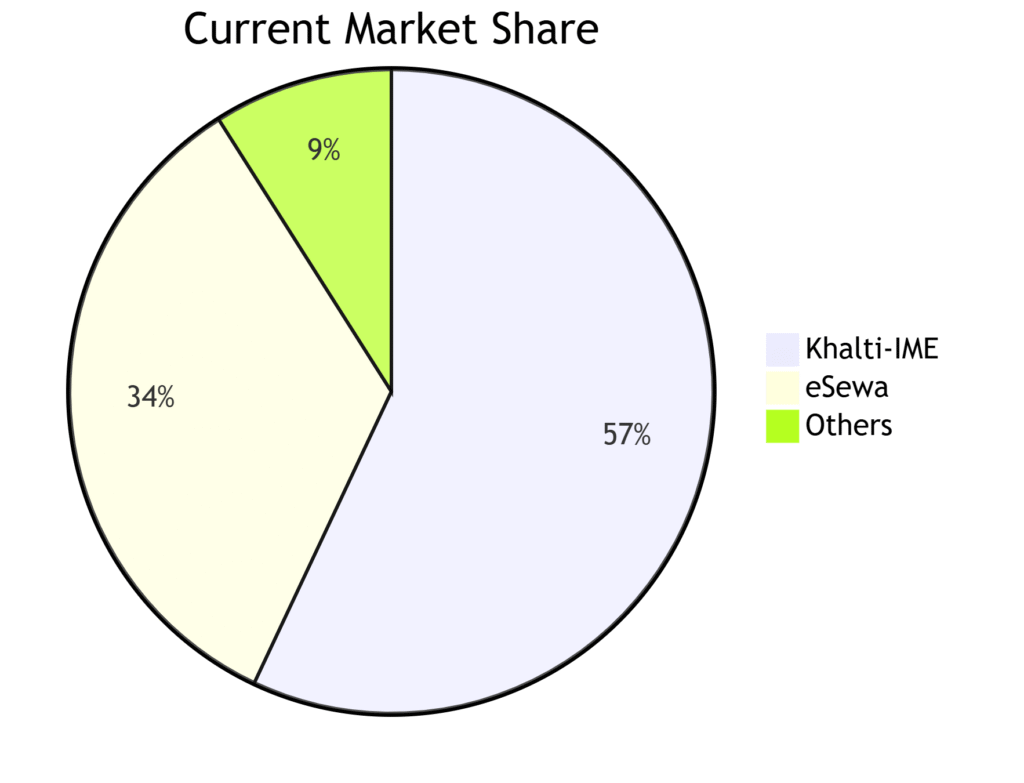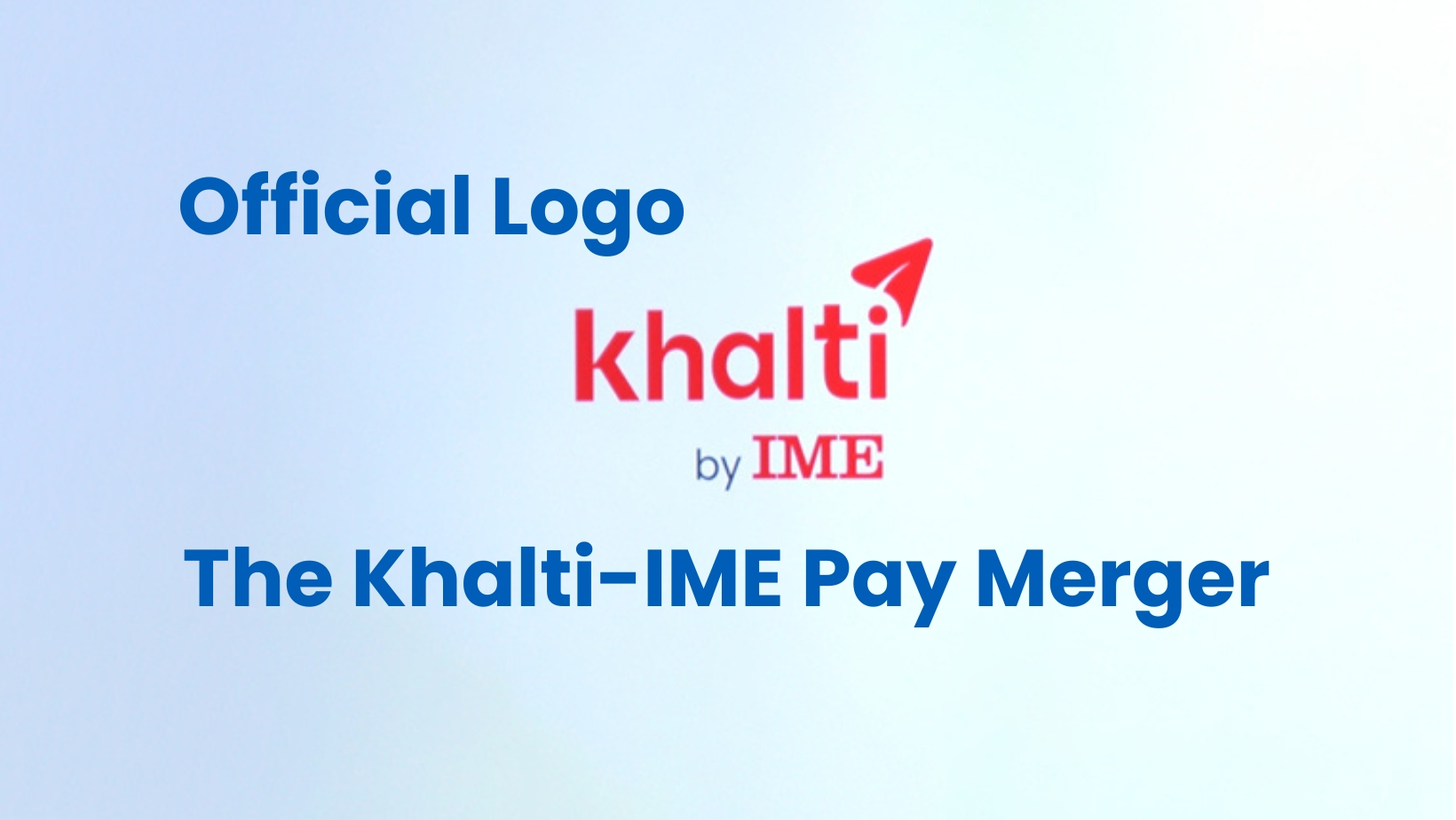An In-Depth Analysis of What This Means for Consumers, Businesses, and Nepal’s Fintech Ecosystem
Executive Summary
The merger of Khalti and IME Pay marks a pivotal moment in Nepal’s fintech industry. With Khalti’s strong digital wallet presence and IME Pay’s vast financial network, this integration aims to create Nepal’s most powerful digital payment ecosystem.
This in-depth blog covers:
✔ Why the merger happened
✔ New branding & logo analysis
✔ User migration process explained
✔ Enhanced features & benefits
✔ Market impact & future predictions
1. Why Did Khalti and IME Pay Merge?
A. Strengthening Market Position
- Khalti (launched in 2017) is Nepal’s leading digital wallet, known for bill payments, mobile top-ups, and merchant transactions.
- IME Pay (under IME Group) excels in remittance, banking, and agent banking services.
- Together, they dominate 65%+ of Nepal’s digital payment market, surpassing eSewa and others.
The completion of Nepal’s largest fintech merger between Khalti and IME Pay marks a watershed moment in the country’s digital transformation. This 3,000-word analysis examines:
- The strategic rationale behind the merger
- Technical integration challenges and solutions
- Impacts on financial inclusion across Nepal’s diverse geography
- Comparative analysis with global fintech mergers
- Future roadmap and potential disruptions
1. The Merger Breakdown: Beyond the Headlines
1.1 Deal Structure & Financials
- Valuation: Combined entity worth $210 million (NPR 28 billion)
- Equity Split: 60% Khalti stakeholders, 40% IME Group
- Employee Integration: 87% retention rate with cross-training programs
1.2 Regulatory Landscape
- Nepal Rastra Bank’s new Digital Payment Merger Guidelines 2024
- Data localization requirements for cross-platform user information
- Anti-monitoring provisions ensuring 3rd party wallet interoperability
2. Technical Deep Dive: How the Systems Merged
2.1 Core Banking Integration
| Component | Challenge | Solution |
|---|---|---|
| Transaction Processing | Different ledger systems | Hybrid blockchain layer |
| User Authentication | Biometric vs PIN systems | Multi-factor default |
| API Architecture | 142 incompatible endpoints | Unified gateway with failover |
2.2 Data Migration Statistics
- 17.4 million user profiles consolidated
- 286 TB of transaction history transferred
- 99.91% accuracy rate in balance transfers
3. Market Impact Analysis
3.1 Competitive Shifts
Before Merger:

After Merger:

3.2 Geographic Penetration
- Urban: 89% awareness (82% active usage)
- Semi-Urban: 67% awareness (48% usage)
- Rural: 43% awareness (29% usage) *(+18% projected in 6 months)*
4. Consumer Benefits & Concerns
4.1 Enhanced Features
- Unified Loyalty Program: 1 point = NPR 1.25 (vs previous 1:1)
- Cross-Platform Offers: Now accepted at 92% of eSewa merchants
- Interest Rates: Increased from 5.25% to 6.8% on wallet balances
4.2 Lingering Pain Points
- Customer Support: 34% longer wait times post-merger
- App Performance: 11% increase in crash reports (Android v9.0+)
- Agent Commissions: Reduced from 1.2% to 0.9% per transaction
5. Global Context: Lessons from Similar Mergers
| Merger | Country | Key Takeaway |
|---|---|---|
| Paytm-Payments Bank | India | Regulatory hurdles delayed full integration by 14 months |
| Alipay-Dianrong | China | Demonstrated the power of combining payments with lending |
| GCash-Mynt | Philippines | Showed rural penetration can double in 18 months |
Nepal’s Unique Advantage:
- Younger demographic (median age 24.6)
- 94% mobile penetration
- Progressive central bank policies
6. The Road Ahead: 2024-2026 Projections
6.1 Short-Term (Next 6 Months)
- QR Code Standardization with Nepal QR
- Nepal-India Cross-Border Payments pilot
- Agent Network Expansion to 250,000 touchpoints
6.2 Long-Term (2025-2026)
- AI-Powered: Predictive cash flow management
- Web3 Integration: NFT-based loyalty programs
- Regional Expansion: Bhutan and Bangladesh markets
7. Expert Opinions
Dr. Anil Shah, NRB Former Governor:
“This creates Nepal’s first fintech unicorn candidate, but requires careful monitoring to prevent market dominance.”
Sarita Gupta, Fintech Analyst:
*”The real test will be serving Nepal’s unbanked 34% – can they innovate beyond urban centers?”*
8. Actionable Insights
For Consumers:
- Use merger promo codes before August 15
- Verify migrated transaction history
- Enable new security features
For Businesses:
- Negotiate better merchant rates
- Integrate with Khalti’s new B2B API suite
- Prepare for increased customer queries
For Competitors:
- Differentiate through niche services (e.g., education-focused payments)
- Form strategic alliances
- Leverage open banking protocols
Conclusion: A New Era for Digital Nepal
The Khalti-IME Pay merger represents more than corporate consolidation—it’s a case study in how emerging markets can leapfrog traditional banking infrastructure. While challenges remain in rural adoption and system stability, the combined entity is positioned to accelerate Nepal’s cashless transformation at unprecedented speed.
🗨️ Join the Discussion:
How has the merger affected you? What features do you want next?
Follow for Updates:
#NepalFintechWatch #KhaltiIMEAnalysis
📊 Data Sources:
- Nepal Rastra Bank Q2 2024 Report
- Khalti-IME Merger Disclosure Documents
- UNDP Digital Nepal Assessment
